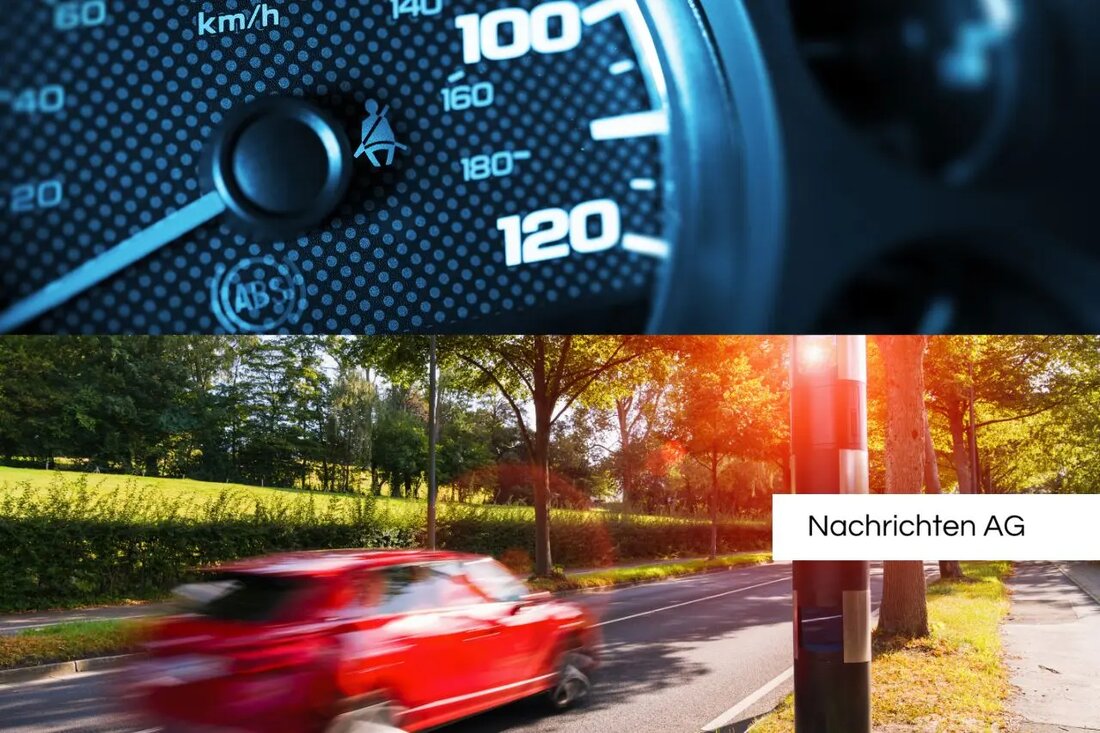Blitzschar in Homburg: Raser now really pays Raser!

Blitzschar in Homburg: Raser now really pays Raser!
On March 7, 2025, a mobile speed control will be set up in Homburg, especially in Einöd. According to News.de registered. A speed limit of 70 km/h applies here. However, drivers should note that flash locations can vary and that corresponding information is always without guarantee.
Traffic monitoring in Germany is comprehensive and has defined several rules for speed measurement. This also includes the constant tolerance deduction for speed measurements. This deduction is important to compensate for possible measurement errors. Information from ADAC clarify that a deduction of 3 km/h is done up to 100 km/h. At speeds over 100 km/h, the deduction is 3 percent of the measured speed.
tolerance deductions in detail
The tolerance deductions are a crucial part of traffic safety in Germany and are intended to prevent drivers from being punished unjustly. These tolerances apply both in the urban and outside, whereby this is particularly relevant for mobile flash units.
In the case of speed measurements by police cars, the tolerances are reduced: Here the deduction is 5 km/h to 100 km/h and 5 percent from this speed. An overlap of the deductions abroad shows a wide range, such as in Austria, where the regulations are knitted similarly. Many drivers are often not aware that real measurements can also have an impact on the exact speed.
The most common measurement methods are radar, laser or light barriers that all have different accuracy. According to bussgeld-info.de , the tolerance is independent of the location and is generally used in the traffic regulation to compensate inaccuracies. An example of this type of calculation could be an inner -city measurement at 42 km/h at permitted 30 km/h, which can result in an exceedance of 9 km/h.
The tolerance deduction is of strategic importance and protects drivers from possible false measurements. If the information on measured speed and the corresponding deduction is missing on a fine of a fine, this could be seen as a formal error and lead to a successful objection. This offers an additional way for road users to defend themselves against unauthorized punishments.
| Details | |
|---|---|
| Quellen | |
